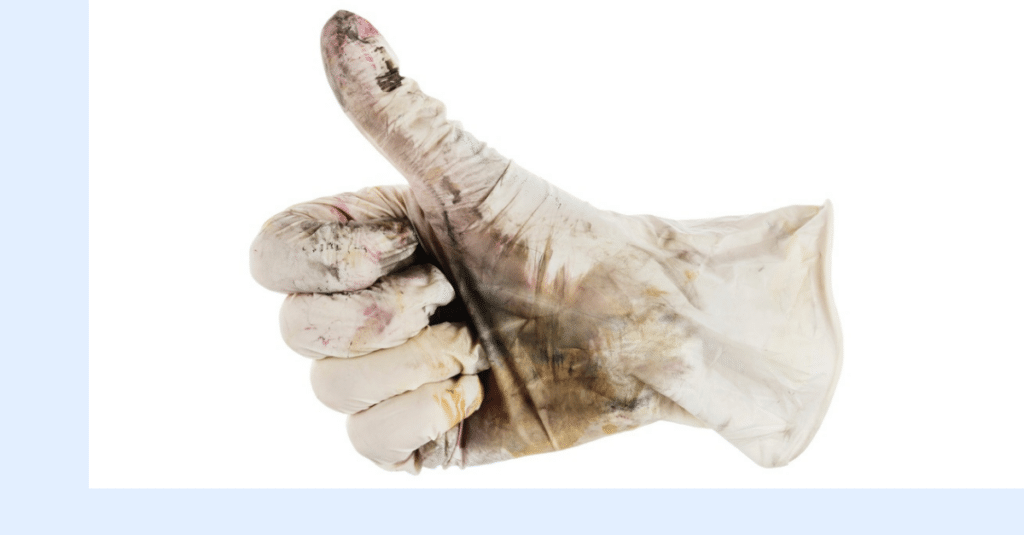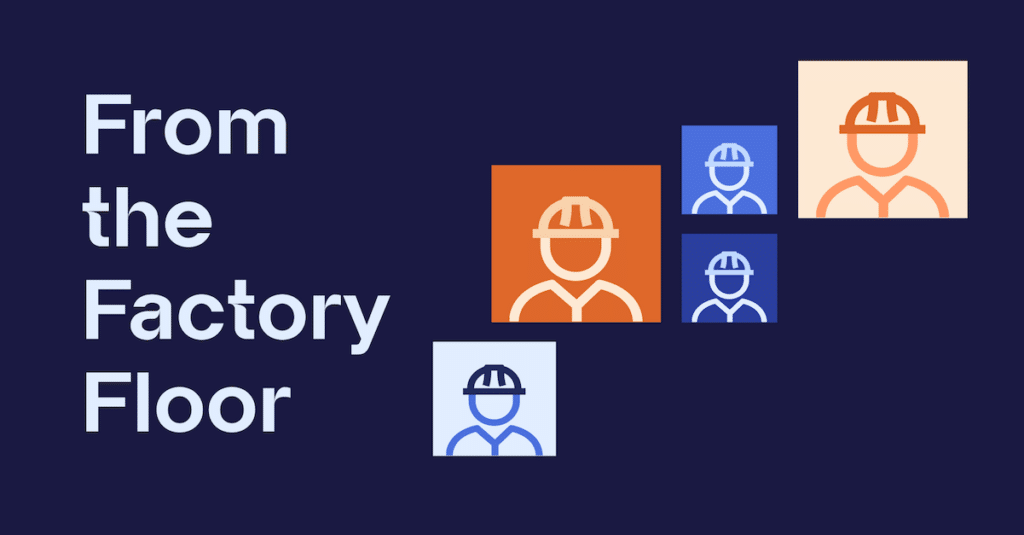
The IIoT Panel hosted by The Maintenance Community brought together business leaders committed to making machines more reliable. They all agreed: with digital transformation, the focus should not be on AI or the Internet of Things. As Augury CEO Saar Yoskovitz put it: ‘I urge the whole industry to focus on the problem we want to solve, as opposed to the technologies we want to use.’
Making Machines More Reliable
On May, 27, 2021, The Maintenance Community hosted the IIoT Panel. As an initiative of the maintenance management system developer UpKeep, the community is a free and private Slack group where maintenance and reliability professionals connect, share and learn.
The panel featured Augury CEO and Co-Founder, Saar Yoskovitz, along with Upkeep’s IoT product manager Mark McKelvy, ‘Company Evangelist’ Simon Jagers from Samotics, and CTO and Co-Founder Robert Russell from Senseye.
All four share the mission of making machines more reliable – a category slated for exponential growth in the short-term, according to many pundits.
As Saar describes Augury: “We’re a machine health company. We work with manufacturers to make their production lines more reliable so they can better restock the shelves at our local supermarkets, or manufacture the vaccines we’ve all been waiting for.”
Q: Where Do I Start With IoT?
A: Stop Talking About IoT
The audience-generated questions largely circled around ‘Where do we start when it comes to applying IoT to our facilities?’
First, we need a working definition. ‘On the highest level, it’s about ingesting data on one side and turning that into actionable insights on the other,’ observes Saar. ‘But IoT just describes how we work. In five years, we won’t be talking about it – just like the “Internet” is no longer talked about.’
The techies nod in agreement. ‘I believe we once even used the term “World Wide Web”,’ jokes Robert.
A Category In Development
As a category, machine health is still very much in development. The manufacturing industry is not yet fully aware of the power of predictive maintenance in avoiding the much-dreaded machine downtime. And while most companies do have a plan for digital transformation, most of these plans fail after getting stuck in so-called ‘pilot purgatory’.
There are many reasons for this, according to the group. The main one is likely the pervading obsession with the how – ‘Hey, let’s find a way to use AI!’ – as opposed to the what.
Building A Solution
‘I urge the whole industry to focus on the problem we want to solve as opposed to the technologies we want to use,’ says Saar. ‘We need to focus on the use cases. Then we can talk about what tech works best: whether it’s AI, sensors, IoT, whatever.’
‘We’re more about building deep domain expertise. And then building the right AI algorithms that can marry the physical world with the digital world. It’s not enough to have an algorithm and throw some data at it. You really need to understand the first principles. And then you can build a solution.’
So, When Will AI Take Over?
A common misconception is how AI will eventually take over the universe – or, at the very least, the manufacturing solar system. However, the panelists all agree this will not be the case. AI is about augmenting human abilities, not replacing them.
‘It’s about inspiring people to take on higher-value jobs,’ says Simon. ‘It’s about working better, safer and smarter.’
‘Exactly. AI is to help scale the expertise of the humans – to enhance the interaction,’ says Robert. ‘We need to model the machine and also the user.’
In fact, AI has already arrived. ‘Our algorithms marry all sorts of data to automatically create actionable insights on which maintenance teams can act,’ says Saar. ‘But you need someone on the other side to actually fix the machines. Otherwise, there’s no value.’
In other words, adoption is everything.
The Human Infrastructure Around The Digital Infrastructure
In short, a whole infrastructure must also be in place to help push through the adoption of digital solutions.
Simon cites the influential McKinsey report on predictive maintenance that stresses that it’s the organization around the tech, and not the tech itself, that helps define whether a pilot becomes successful. ‘You need a clear vision of where you want to be in five years… And then build an ecosystem of partners that supports this. And we must also expect failure and then build on the lessons learned.’
With predictive maintenance, the role of the maintenance team is now less about going through a list of chores, and more about risk management. ‘But what we can’t afford is that the technician has to become a data scientist,’ observes Saar.
Basically, the output has to be simple: Here’s the problem. Here’s how you fix it. This is how long it should take. And look at all the money you save!
And most importantly: the information must be reliable.
Earning The Trust
‘You must earn the trust,’ observes Simon.
‘Definitely,’ agrees Mark. ‘Sure, the team will try the pilot. But they’ll be skeptical. They will do it manually at the same time. It needs to be a simple system with accurate data that they can verify themselves.’
‘Here it’s also important to supply context,’ adds Robert. ‘Is the machine changing recipes every day? Is it explainable by external influence? So, the ability to take in other data sources from other parts of the factory is indeed essential.’
Speeding Up The Time To Value
However, to escape pilot purgatory, you not only need to win the trust of the maintenance team, but also the boardroom.
Here the key is to provide clear KPIs and a speedy time to value, according to Saar. ‘We’ve got it down to an average of 14 days between installation and the first machine saved. And once they see such a fast ROI on a smaller project, you get more investment for larger ones.’
Meanwhile, the panel remains committed to a rosy and digitally transformed future for manufacturing. ‘What we’ve seen is just the tip of the iceberg of what’s coming,’ says Saar.
Watch the full panel discussion.
Or read more on how to get on the road to digital transformation NOW.




